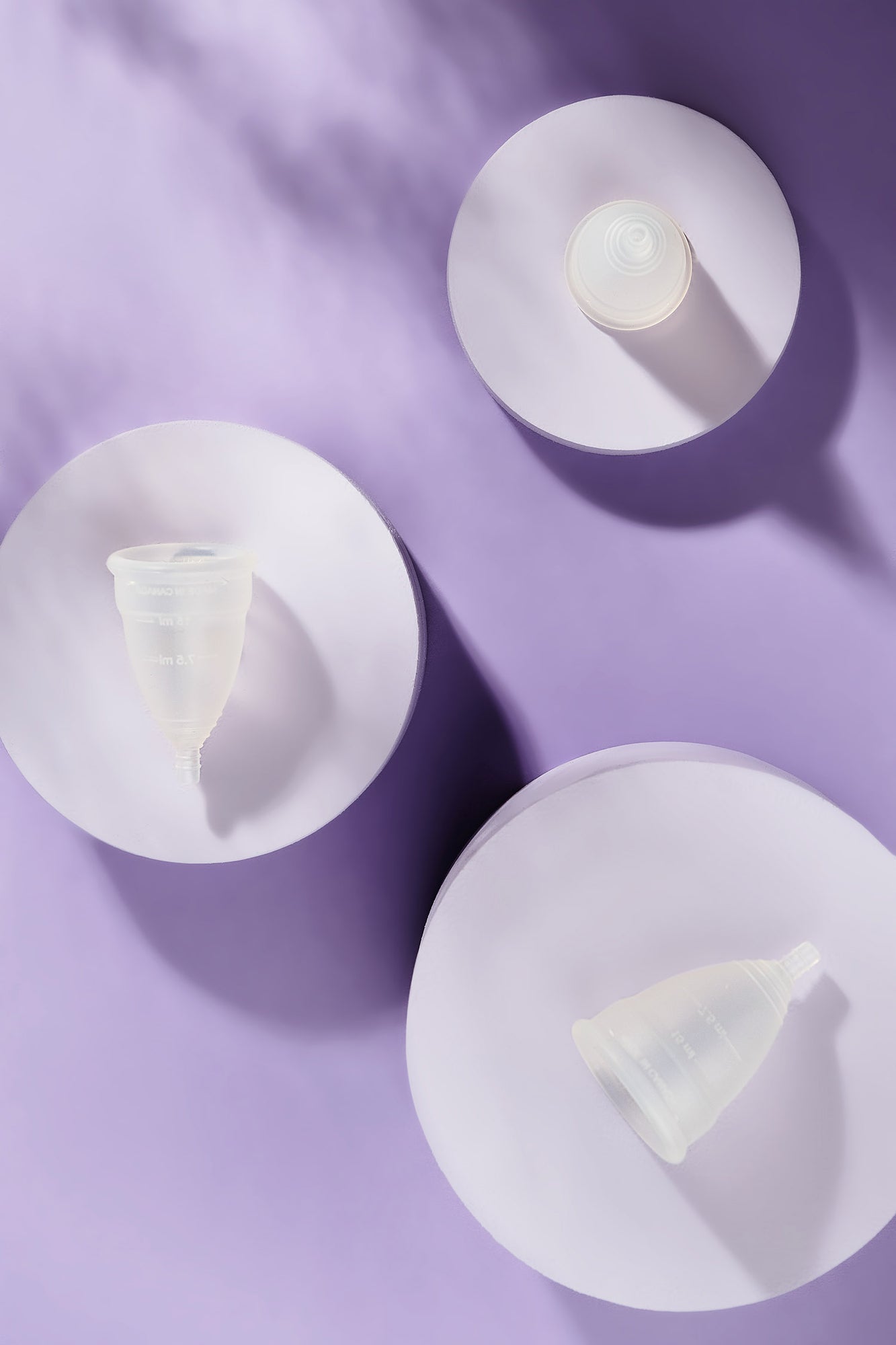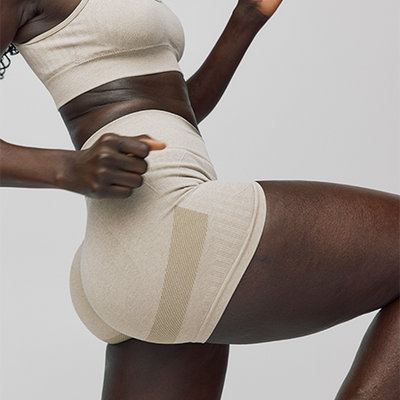

How Long do Menstrual Cups Last?
When cared for properly, the DivaCup can last several years. Which is why we recommend that customers inspect the DivaCup regularly for signs of deterioration.
What does that mean exactly? Well, there are a few telltale signs that your menstrual cup has reached the end of its lifespan, including:
- Foul odor
- Heavy staining
- A white powder residue or any flaking on the cup
- Any types of tears or cracks in the rim or the stem of the cup
- A grainy texture
- Sudden leaking where it has not been experienced before
If you detect any of these signs, we recommend you replace your menstrual cup with a new one. If you’re unsure, please reach out to our Consumer Support Team and they can give you more guidance.
Other Times to Say Goodbye to Your DivaCup
Sometimes life happens. Maybe you dropped your menstrual cup by accident in the toilet, maybe your cat thought it was a toy, or you tried a new cleaner which didn’t go so well. Unfortunately, all good things eventually come to an end. Although a menstrual cup that is cleaned and stored properly (we recommend storing it in one of our DivaPouches between uses) can last for several years, it won’t last forever.
Here are some of those times when to replace your menstrual cup:
Used Harsh Cleaning Agents
We recommend using the DivaWash to clean your menstrual cup. DivaWash is a 100% natural, plant-based cleanser designed to protect the material of the DivaCup and the pH balance of your body. If you don’t have any DivaWash on hand, a mild, unscented, oil-free soap will work just fine.
Whatever you do, do not use harsh cleaning agents like oil and fragrance-based soaps, rubbing alcohol, hydrogen peroxide or bleach. These can compromise the silicone and should be kept (FAR) away from the sensitive area of the vagina.
These cleaners can cause damage to the silicone and cause irritation in the vaginal canal. If you think bleach or hydrogen peroxide is the best way to remove any mild discoloration, please don’t. You can try to boil your menstrual cup , which can often help remove light stains.
For more cleaning tips, check out our blog post Cleaning Your Menstrual Cup.
Dropped it in the Toilet
Accidents happen, and it’s not uncommon to drop your menstrual cup in the toilet while emptying it. If this does happen, whatever you do, do not put your menstrual cup back in. To put it simply, when your menstrual cup falls into the toilet, it gets covered in bacteria that washing it can’t get rid of.
Although you can clean your menstrual by boiling it, this likely won’t guarantee 100% sterilization. You will be putting yourself at risk of exposure to bacteria. It’s just not worth it.
It’s the Wrong Fit
Size matters when it comes to menstrual cups. That’s why the DIvaCup comes in three different sizes for different life stages:
- Model 0: For those new to the world of periods or 18 years of age or younger.
- Model 1: You’re between the ages of 19 and 30 and have a medium menstrual flow.
- Model 2: You’re over the age of 30 and/or have a heavier menstrual flow.
However, just because you fit into one age group doesn’t mean that will necessarily be the right fit for you. When choosing a menstrual cup, it’s important to do your research into what size is most appropriate for you. If you find your menstrual cup is uncomfortable even after adjusting it, slips out too easily, or leaks, you might not have the right model size.
The vagina can change a lot throughout a person’s life. As people age, the walls of the vagina become more relaxed, just like any other muscle in the body. Maybe your menstrual cup used to fit, but now it doesn’t feel quite right, it slips out too easily, or causes discomfort. This could be a sizing issue.
We have a helpful guide on our homepage to help you Find Your Size. You can also connect with our Consumer Support Team and they can help you.
How to Properly Dispose of Your Menstrual Cup
The DivaCup is a reusable period care option that can last several years if cared for properly. However, when it is time to replace your DivaCup, what do you do with the old one?
Cut it Up and Throw it Out
Although silicone is not necessarily recyclable, it did start out as sand and does degrade over time depending on the temperature, anaerobic activity and moisture in the landfill. This is a much better outcome compared to tampon applicators and wrappers, which do not break down but merely break into tiny pieces, polluting coastlines and waterways.























